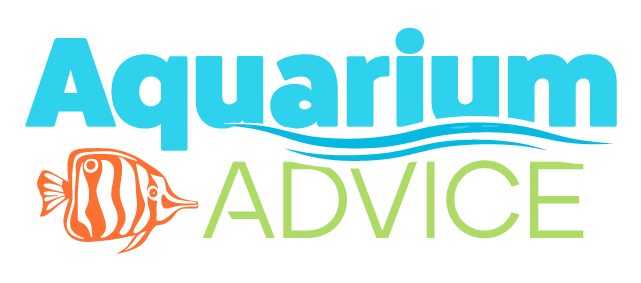Overview of a lethal parisite
This article was written by Aqaurium Advice Member, Fluff.
Marine Ich or White spot disease Marine ich is one of the most lethal disease’s of marine fish and is caused by a small ciliated protozoan called cryptocaryon irritans. Keeping this deadly and contagious parasite out of your main tank is as simple as quarantining your new fish. Most fish are still wild caught but that doesn’t mean every fish is riddled with parasites. In fact, most fish do not carry the parasite at all. That’s why QT is important. New fish should be QT’d for six weeks. This gives the parasite time to go through it’s life cycle and time for a full blown infection, if the parasite is present. Having the fish already in QT also gives you the opportunity to treat the fish. Precaution through quarantining is your best defense. Once the parasite is in your main tank, it’s a whole new set of issues.
The life cycle of the parasite goes through several changes. The trophont is the parasitic stage where it is attached to the fish host. It will hang out on the fish for 3-7 days feeding off body fluids and tissue. Once it’s done it will drop off the fish and are free swimming for several hours before resting on the bottom and are then called tomonts. The tomonts will encyst and begin to reproduce. After a few days the cysts rupture and become tomites. Tomites then change to free swimming theronts and search for a host to reinfect. Once a host is found, it is then in it’s parasitic stage again. After the six week QT, if the fish doesn’t show signs of ich, then it can be moved to the main tank. If your fish does show infection during QT it needs to be treated.
The two most common and effective treatments for ich are hyposalinity and copper treatments. Some signs of the presence of ich are, flashing or rubbing against objects and substrate, hard breathing, lethargy/laying around or hiding in corners, cloudy eyes, loss of appetite and white spots.
Hyposalinity is the safest way of treating your fish for ich but it needs to be done right. (Warning: Hypo should not be done on sharks or rays or invertebrates) Hypo will break the life cycle of the parasite as well as help reduce stress in your infected fish. Hyposalinity should be done with the use of a refractometer as the cheaper swingarm hydrometers are not accurate enough. The lower salinity will cause the tomonts to rupture and die. Your goal is to take your salinity from 1.025 down to 1.009. To start your hypo treatment, you want to remove about a fifth of the water and replace it with RO/DI water. You want to lower the salinity gradually over the course of a few days so your do not shock the system of the fish. Water can be changed at 12hr intervals. Once your salinity is down to 1.009, you want to keep it there for 6wks or at least 4wks after the last cyst was present. Be sure to keep temps stable and as close to what the fish is used to as you can. Also be sure to constantly monitor your salinity and ph. The lower salinity may cause your ph to drop and you may need to buffer the water. Once treatment is done, the salinity needs to be raised slowly, the same as it was lowered, over the course of a few days through higher salinity water changes.
Copper treatment is also an effective way to treat ich but is not as fish friendly as hypo. Copper is toxic to fish and deadly to invertabrates. It should never be used in your main tank. Especially in tanks with sand or calcareous substrates/ornaments. When doing copper, it’s important to follow the directions closely and to have a copper test kit to keep an eye on copper content. Too little copper is ineffective, too much is lethal. I’ve been told that Seachem’s copper treatment Cupramine isn’t as harsh as some and this would be my suggestion.
Info sources and suggested reading:
http://www.petsforum.com/personal/trevor-jones/marineich.html
http://www.wetwebmedia.com/ichartmar.htm
http://www.reefkeeping.com/issues/2003-08/sp/index.php
